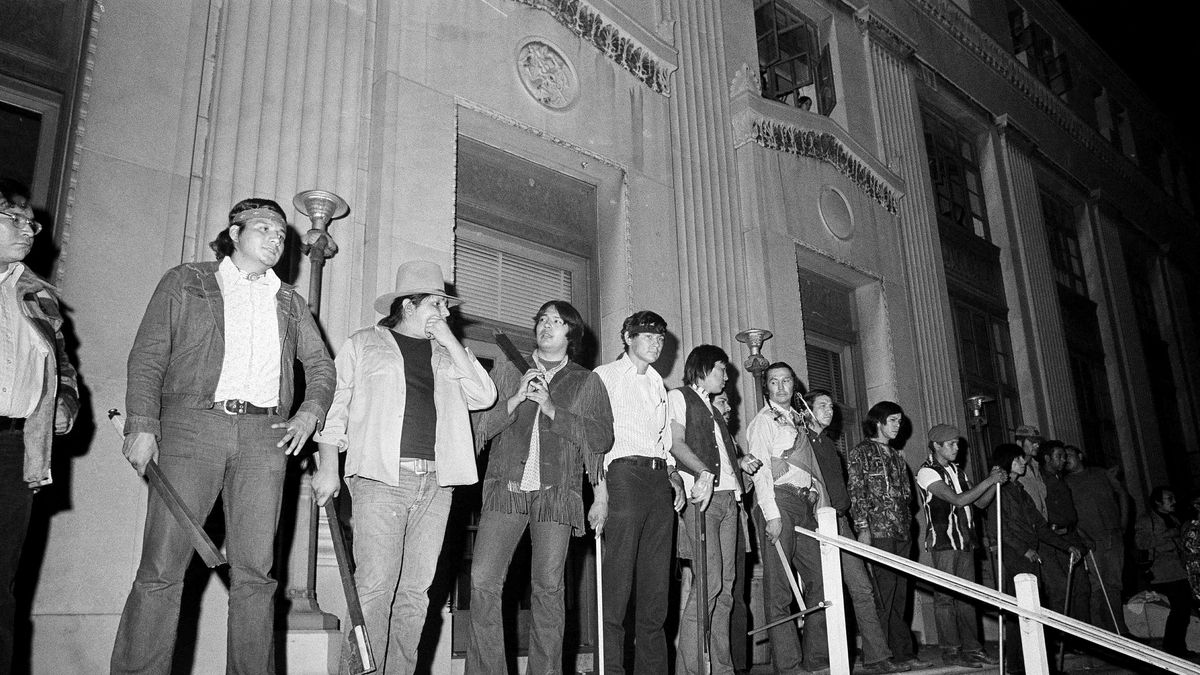Amid a spate of horrifying attacks on Indian origin students in the US and Canada, the Indian student community stands at the crossroads of fear and resilience. In a disturbing pattern that has emerged over the past month, nearly a dozen fatal incidents have been reported, encompassing murder, suicide, and brutal assaults. This wave of violence has not only sent shockwaves across continents but has also prompted an urgent response from diplomatic and political leaders, including the US Ambassador to India and External Affairs Minister of India. They have stepped forward to reassure the public, emphasizing that the safety of Indian students studying abroad is a top priority, and affirming that the US remains a premier destination for education. Yet, beneath the assurances, there lies a deeper narrative of emotional turmoil, racial discrimination, and the urgent call for stronger support systems for Indian students navigating life in foreign lands.
The Echoes of Violence: A Wake-Up Call
Recent incidents have cast a long shadow over the Indian diaspora, particularly affecting students pursuing their dreams thousands of miles away from home. The death of Vivek Saini in Georgia and the assault on Syed Mazahir Ali in Indiana stand as grim reminders of the vulnerabilities faced by Indian students in the US. Each attack not only ends or alters lives but also sends ripples of fear through communities, raising questions about safety and belonging in a country far from home. Amidst the turmoil, US President Joe Biden and his administration have acknowledged the gravity of the situation, with John Kirby, the Coordinator for Strategic Communications at the National Security Council, categorically stating that violence based on any discriminatory factor is unacceptable. The federal machinery is now in motion, working closely with state and local authorities to prevent further attacks and ensure justice for the victims.
A Community’s Plea for Safety and Support
The reaction from the Indian American community has been one of deep concern and proactive engagement. Community leaders, like Ajay Jain Bhutoria, have been vocal in calling for enhanced safety measures and support structures for Indian students in the US. The sentiment is echoed by students and families alike, who find themselves navigating an increasingly complex social and political landscape. The need for comprehensive support systems—ranging from mental health services to legal assistance—has never been more acute, as students seek to protect not just their physical well-being but also their mental and emotional health amidst these challenges.
Forging a Path Forward
In the face of adversity, there is a burgeoning resolve among students, community members, and officials to forge a path towards greater understanding, safety, and resilience. The collaboration between Indian and American authorities signifies a strong bilateral commitment to the welfare of students, highlighting the importance of international students to the fabric of educational communities across the US. As the narrative unfolds, it is clear that the journey towards healing and justice is not a solitary one. It demands a collective effort to create environments where cultural diversity is celebrated, and every student can pursue their academic and professional aspirations without fear.
In retrospect, the series of attacks on Indian origin students has served as a catalyst for introspection and action among communities, authorities, and governments alike. The assurances from the US Ambassador to India and the proactive measures taken by President Biden’s administration reflect a broader commitment to safeguarding the rights and well-being of international students. As efforts to prevent further violence and support affected families continue, the enduring spirit of the Indian student community, coupled with the solidarity of allies worldwide, shines as a beacon of hope amidst the shadows of uncertainty and fear.


